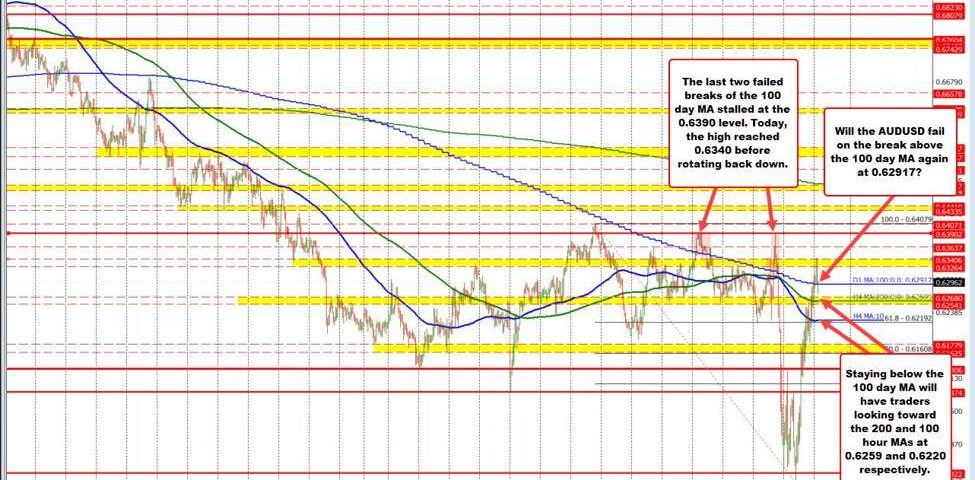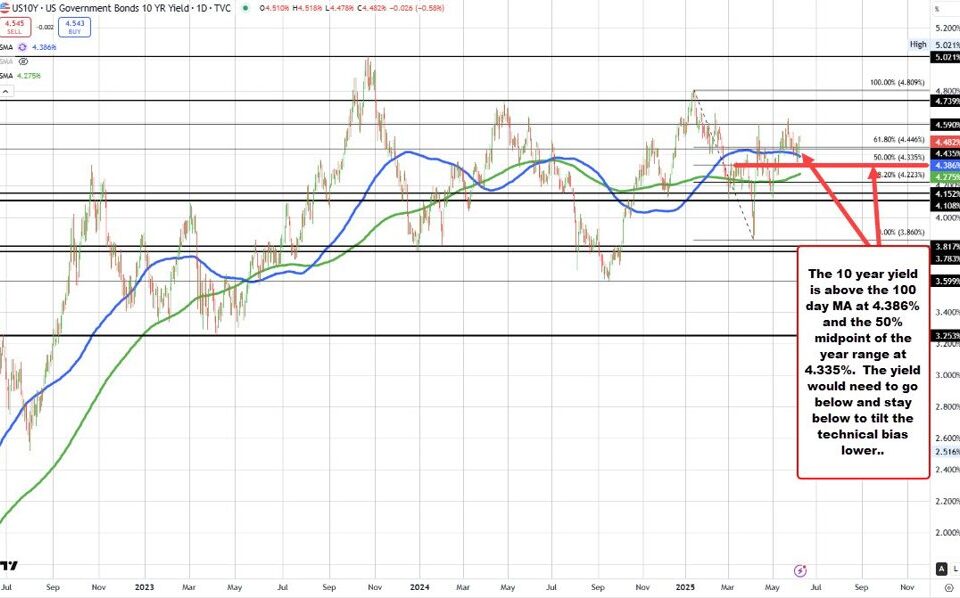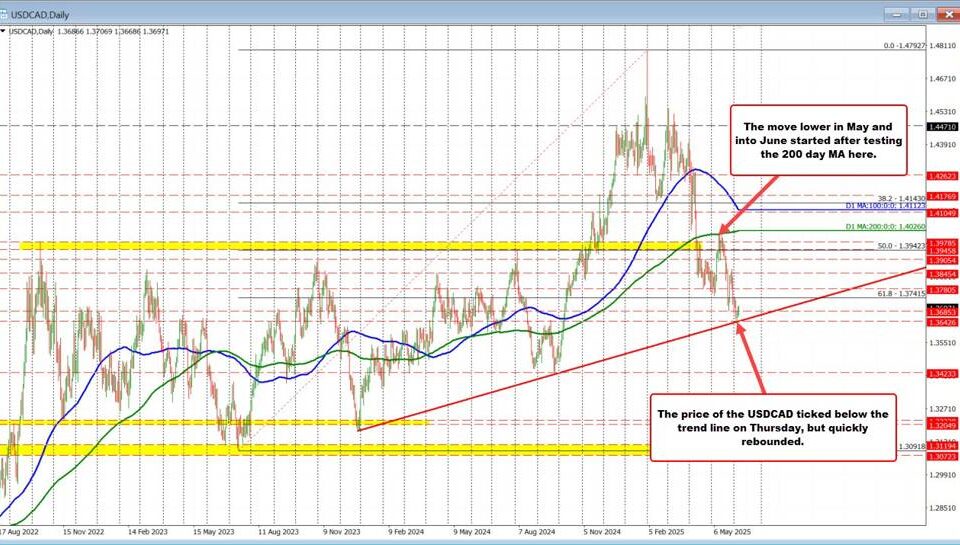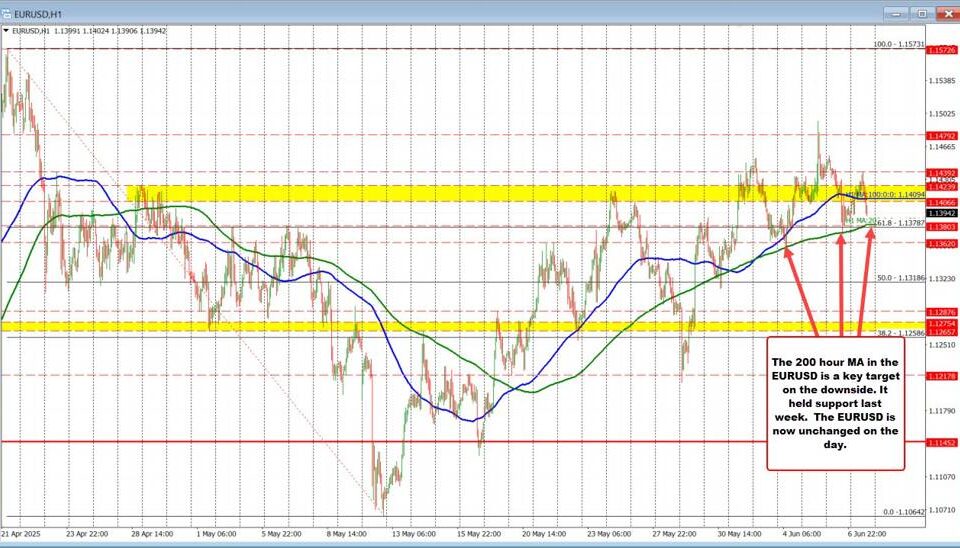
Bernie Sanders Rocks Coachella: A Call to Action for Young Voters
Tháng 4 14, 2025Xi Jinping’s Historic State Visit to Vietnam: Forging a New Era of Cooperation
Tháng 4 14, 2025Analyzing the AUD/USD Pair: Resistance at the 100-Day Moving Average
The currency pair AUD/USD has recently highlighted a significant technical pattern, consistently failing to break above its 100-day Moving Average (MA). This observation is rooted in a combination of historical data, technical analysis, and current economic pressures, which combine to form a comprehensive view of this currency pair’s trajectory.
Historical Resistance at the 100-Day MA
Over the past months, specifically in February and March, the AUD/USD pair revealed a repeated struggle at the 100-day Moving Average. This resistance has proven to be a formidable barrier, culminating in several unsuccessful attempts to establish a bullish breakout. These historical patterns indicate that market participants are wary when the AUD attempts to ascend past this pivotal technical marker, signaling a preserved bearish sentiment that traders should recognize.
Current Positioning and Technical Overview
As of mid-April, the AUD/USD was again positioning itself against this key moving average, only to recoil and retrace towards support levels approximately around 0.6224. Despite this recent foray towards the higher resistance, the overall trend presently remains bearish, with multiple major moving averages reinforcing selling signals. The breadth of this bearish sentiment indicates a potential for further declines if market conditions do not improve.
Economically, the Australian Dollar is increasingly susceptible to various external factors. Trade tensions, particularly those involving the United States and China, have created a backdrop of risk-off sentiment that weighs heavily on the AUD. Additionally, the monetary policy decisions made by the Reserve Bank of Australia (RBA) and the overall health of China’s economy play integral roles in influencing the AUD/USD dynamics. For a deeper understanding of these external factors, consider reading about China’s strategic moves as they relate to trade tensions with the U.S.
Recent Price Movements and Future Implications
After a momentary rally, the AUD/USD exchange rate has recently extended its decline toward the 0.6000 zone. This downturn can largely be attributed to persistent tariff anxieties that continue to plague the market. Despite indications of potential oversold bounces, the reality remains — bearish momentum is still strong.
With critical resistance levels being firmly established at the 100-day MA, traders are advised to also monitor critical support levels located around 0.6000 and even lower. A breach beneath these support levels could catalyze intensified bearish pressure, potentially propelling the pair into further declines. The latest movements in this pair echo broader market trends, as described in recent analyses of major stocks, which you can explore in the article on major midday moves.
In conclusion, the consistent failure of the AUD/USD pair to surpass the 100-day MA is reflective of broader bearish trends shaped by ongoing global economic uncertainties. Investors and traders alike should stay vigilant, as navigating these resistance and support levels becomes increasingly pivotal in understanding the future movements of this currency pair. Keeping an eye on economic developments, especially surrounding key players such as the US and China, is paramount for anyone looking to engage in the AUD/USD market.




